Students produce Sterling Hill documentary
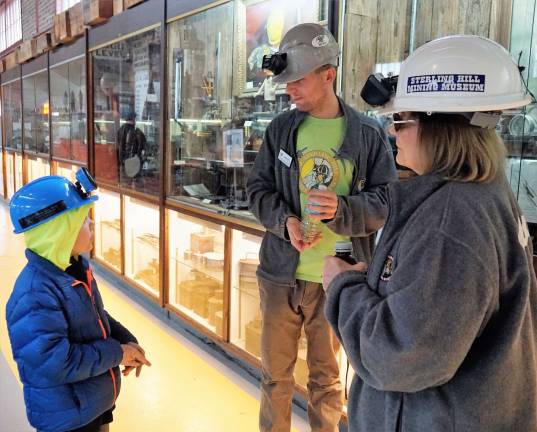
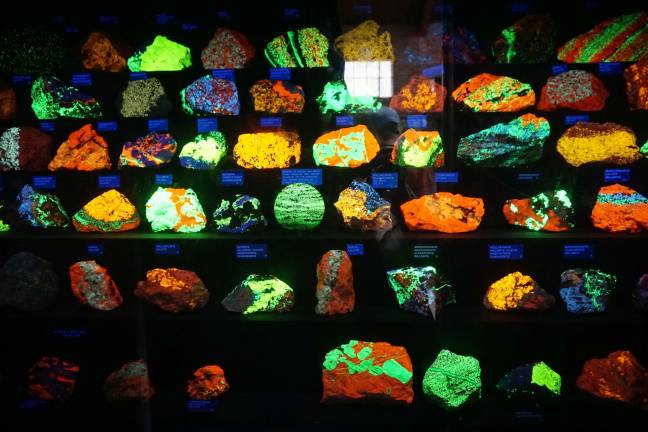
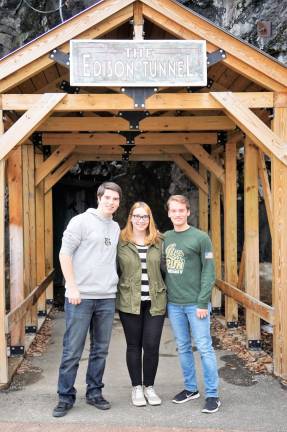
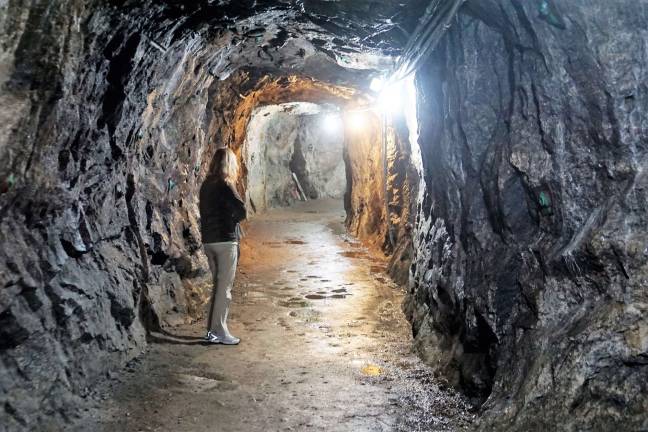
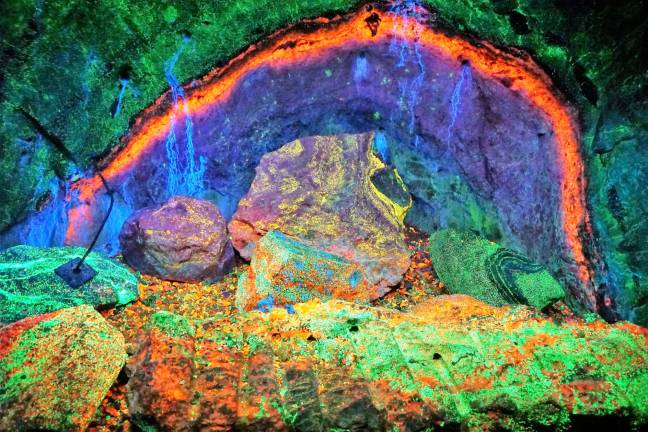
OGDENSBURG — Sussex County Technical High School Senior Mary Sutton, and fellow classmates, produced a 15-minute documentary film for the Sterling Hill Mining Museum of Ogdensburg.
Soon it will be featured on the revamped museum website; and it currently is available on YouTube.
Regarding producing the documentary, Sutton said she wanted to gain experience in her field — Cinematography — but at the same time, she wanted to give back to her local community.
Fellow seniors, Lucas Savarese and Zack Zannetti, were also vital to the project through: filming an interview of Sterling Hill Mining Museum CEO Bill Kroth, scoping the extensive museum contents, and identifying future items to be filmed, in correspondence with Kroth's interview.
Harry Schutte also helped with lighting, Austin Reza with audio, and Nina Sorce with typography.
Their film sparks the desire to discover the Ogdensburg mining experience. Viewers travel through the museum and mine, including: the Oreck Gallery, three view periodic table, and glowing Rainbow Tunnel.
In the film, Kroth explains how the Oreck family donated mineral specimens to fill cases along the historic long, narrow 40 man shower area used by the N.J. Zinc Company. One still sees the shower heads and in-wall soap dishes opposite cases of fluorescing minerals under fiber-optic ultra-violet lighting.
Kroth notes, minerals were naturally produced from the elements and compounds found uniquely in the Sussex County area around Ogdensburg and Franklin. Thus, Ogdensburg and Franklin are considered the fluorescing mineral capitals of the world, with over 360 different minerals, of which about 80 fluoresce.
In order to show each ore mined, its related purified element, and the element's uses, the museum created a 7x10 foot, three-view periodic table. The table even includes high-voltage tubes filled with the Noble Gases: Helium, Neon, Argon, Krypton, Xenon, and Radon, thus, allowing the gas colors to glow, as with a neon light.
Kroth says, during the film interview, they are most proud of their Rainbow Tunnel. The Rainbow Tunnel intercepts a colorful vein of fluorescent material, shown off by ceiling ultra-violet lights. Even the Smithsonian Institute seemed to agree, because they purchased fluorescent minerals from the museum and created a model of the Rainbow Tunnel at the Smithsonian Institute in Washington, D.C.
Sutton said they tried to take everything they learned from their four years at Sussex Tech, put it into the film, and learn something new by completing challenging sections. She added, “It was really nice, because not only did we produce a film, but we learned from it.”
Savarese, majoring in 3D Animation, completed the miner animation sequences. One accurately hears, “Drip, drip, drip,” of water, which sometimes lands on visitors' heads while traveling through the mine to the Rainbow Tunnel. He even causes one to flinch as a miner flings a shovel full of minerals toward the viewer.
Zannetti spoke of overcoming proper light exposure issues in the very dark mine. He explained, sometimes, they had to resort to using still photography, and then animating the photos.
Savarese quickly pointed out Sutton had to learn all the mining history in order to film the documentary.
Sutton explained, she learned all the miners' vocabulary from Kroth's interview. For example, ore cars could refer to regular ore cars or vertical ore cars, man cages — a set of stairs with a wheel on each corner which rides up and down on railroad rails, carrying miners. She was responsible to film the correct mining item when necessary.
Actually, Sutton learned the mining history so well, Kroth offered her a job. She now is a part-time tour guide at Sterling Hill Mining Museum.
For more information regarding the museum, see: sterlinghillminingmuseum.org. Tours begin at one o'clock on weekends, with school groups visiting during the week.